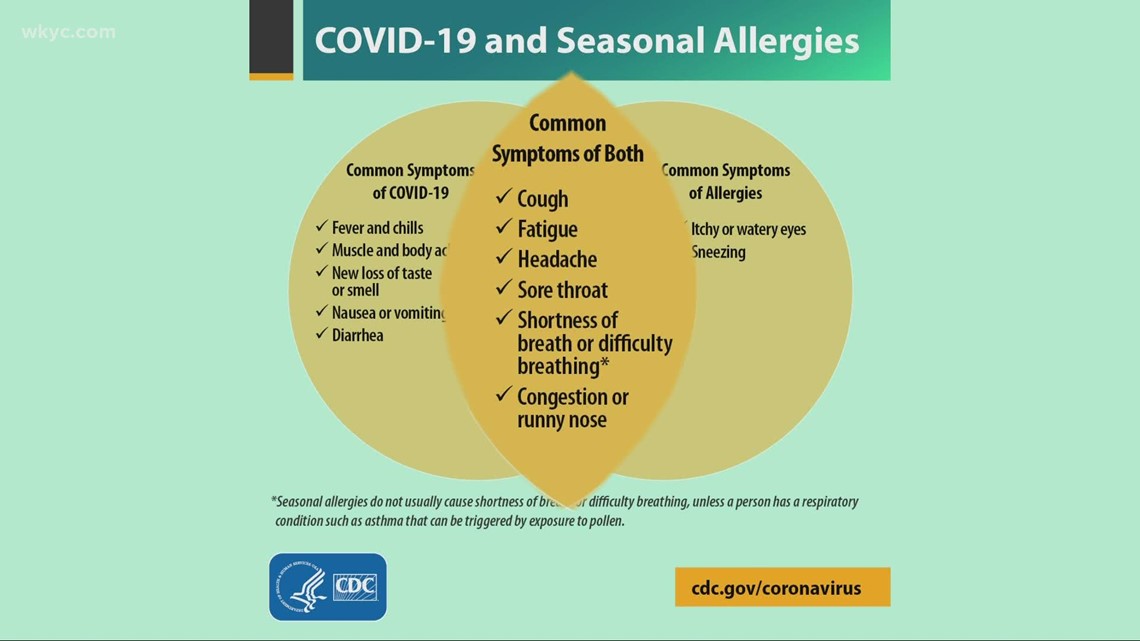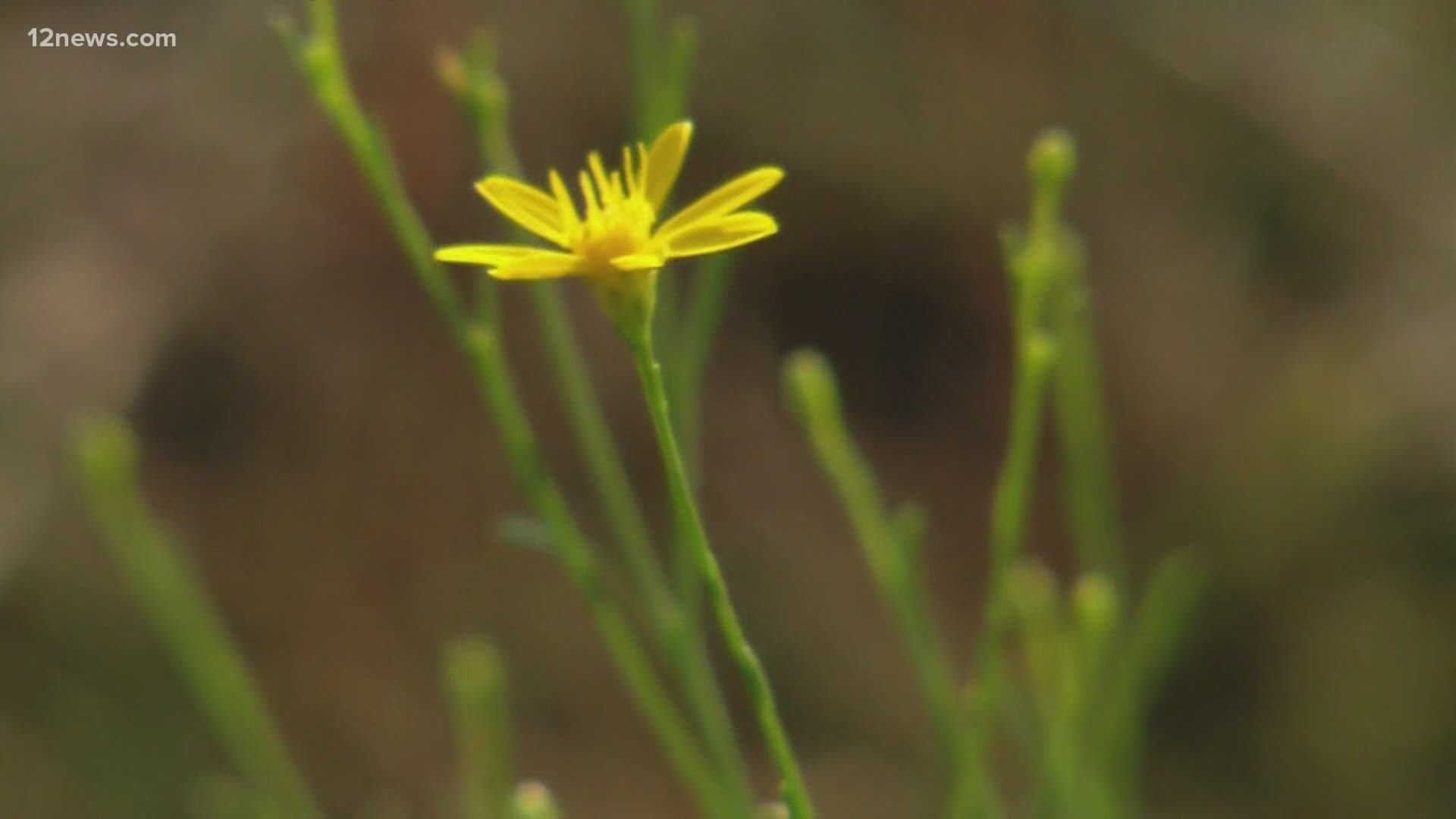TEMPE, Ariz. — Every Arizonan knows the telltale signs of allergy season: Congestion, itchy eyes, runny nose, overall misery.
Allergy season typically starts in the Valley in February and typically ramps up in March, but growing year-round can make them a constant problem, according to one expert.
Dr. Andrew Carroll of the American Academy of Family Physicians said the chronic exposure to pollen triggers our airways, giving us the problematic reactions.
And people who have recently relocated to the Valley and did not have allergies in Arizona when the first arrived are not in the clear.
Cycling through pollen cycles
Many Arizonans have questioned whether masks help improve seasonal allergy symptoms.
Carroll said wearing an N95-type mask with a tight seal around the face would ideally help.
But if windows are opened at home at all during spring, Carroll said the pollens get inside, causing problems.
Also, after about two to five cycles of pollen, your body can once again start to develop an allergic reaction.
If your allergies are just annoying sneezing and dry eyes, the symptoms can usually be treated with HEPA filters, masking, closing windows and letting air conditioners run to keep the air clean, he added.
The pesky allergies can bring up extra questions during a pandemic, causing some to wonder whether it's COVID, a cold, the flu or something else.
Carroll explained allergy symptoms are more like itchy eyes, nose, throat and skin, with sneezing and congestion.
"COVID is going to be different, COVID is going to be more discomfort, pain, you're going to have a fever," he said.
Additionally, Emerson Hospital breaks down different symptoms between allergies, a cold, flu, COVID-19 and what to watch out for.
As always, it's best to consult your personal physician with any questions about your symptoms.



